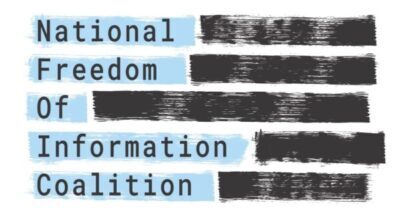6 tools to fact-check and spot fake news, layoffs at Upworthy, & more
-
This is civic tech: I’m writing this today from MisinfoCon DC, the fourth gathering of a burgeoning network of researchers, hackers, journalists and democracy activists pulled together by Hacks/Hackers to share ideas and collaborate on projects. The crowd reminds me of the sorts of people who would come to TransparencyCamp a decade ago—a lot of young techies along with plenty of grayer heads, and a mix of NGOs, government agencies, and lots of investigative and civic monitoring organizations. But the mood is very different–back then the theme was “open data, open government.” Now it’s all about defending open society from bad actors. Follow along here. Agenda here.
-
With so much attention on organized misinformation campaigns spreading through social media, it’s no surprise that there’s been a flowering of tools designed to help researchers and others find the signal in the noise. Here are some that have caught my eye here at MisinfoCon: MentionMapp (which helps you discover relationships between hashtags, networks of tweeters, and the like), Polygraph.info (a project of the Broadcasting Board of Governors that monitors the spread of disinformation globally and offers fact-checks of trending articles), Botometer (a project of Indiana University researchers that scores Twitter accounts for bot-like behavior), FakerFact (an AI bot that will tell you whether an article you are reading might be fake news),Hoaxy (another Indiana University project that offers a dashboard deep in information about false claims, how they’re spreading, etc), and TruePic (an image verification tool).
-
I’ve also bookmarked a few articles for future reading as a result of attending MisinfoCon. A new one by Robert Chesney and Danielle Citron, called “Deep Fakes: A Looming Challenge for Privacy, Democracy and National Security,” is a working draft wrestling with the issues raised by the rise of technology making it cheap and easy to make convincing but fake videos of people saying and doing things they haven’t done. And a very old one, written by Francis O’Hara in the Villanova Law Review in 1965, called “The Foreign Agents Registration Act—’The Spotlight of Pitiless Publicity’,” explains the origins of a transparency law now being applied against Paul Manafort. You see, in 1938, when it was enacted, Congress was worried about the literal spread of Nazi propaganda by paid agents operating in the United States, and it decided that “that the spotlight of pitiless publicity will serve as a deterrent to the spread of pernicious propaganda.” (read more…)
